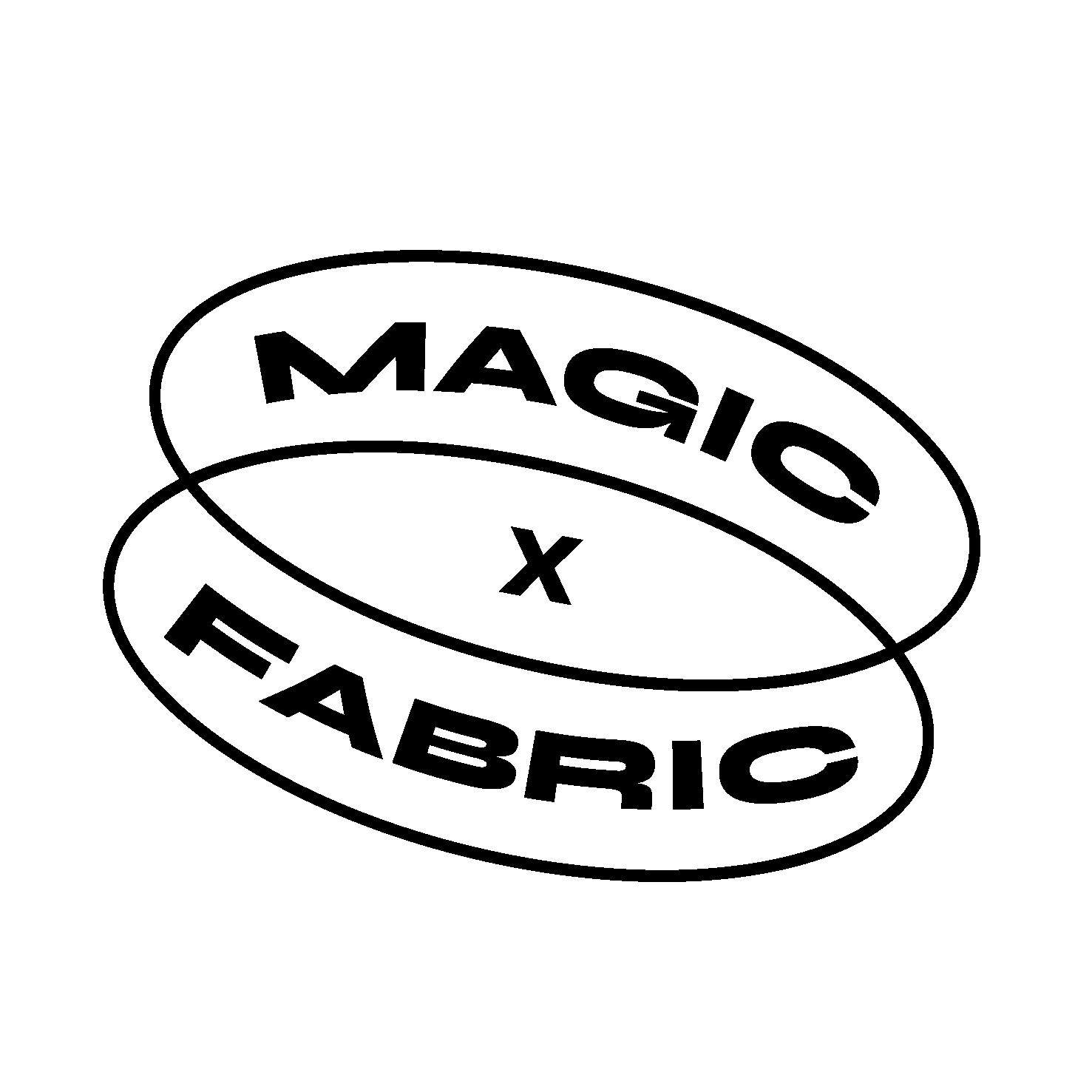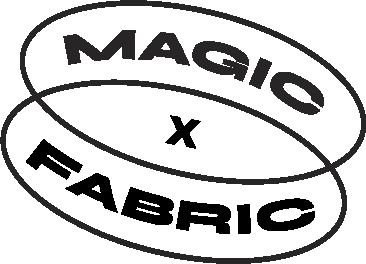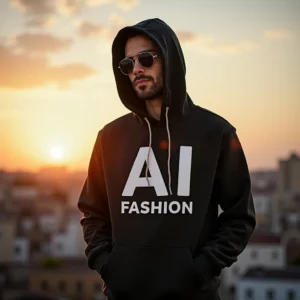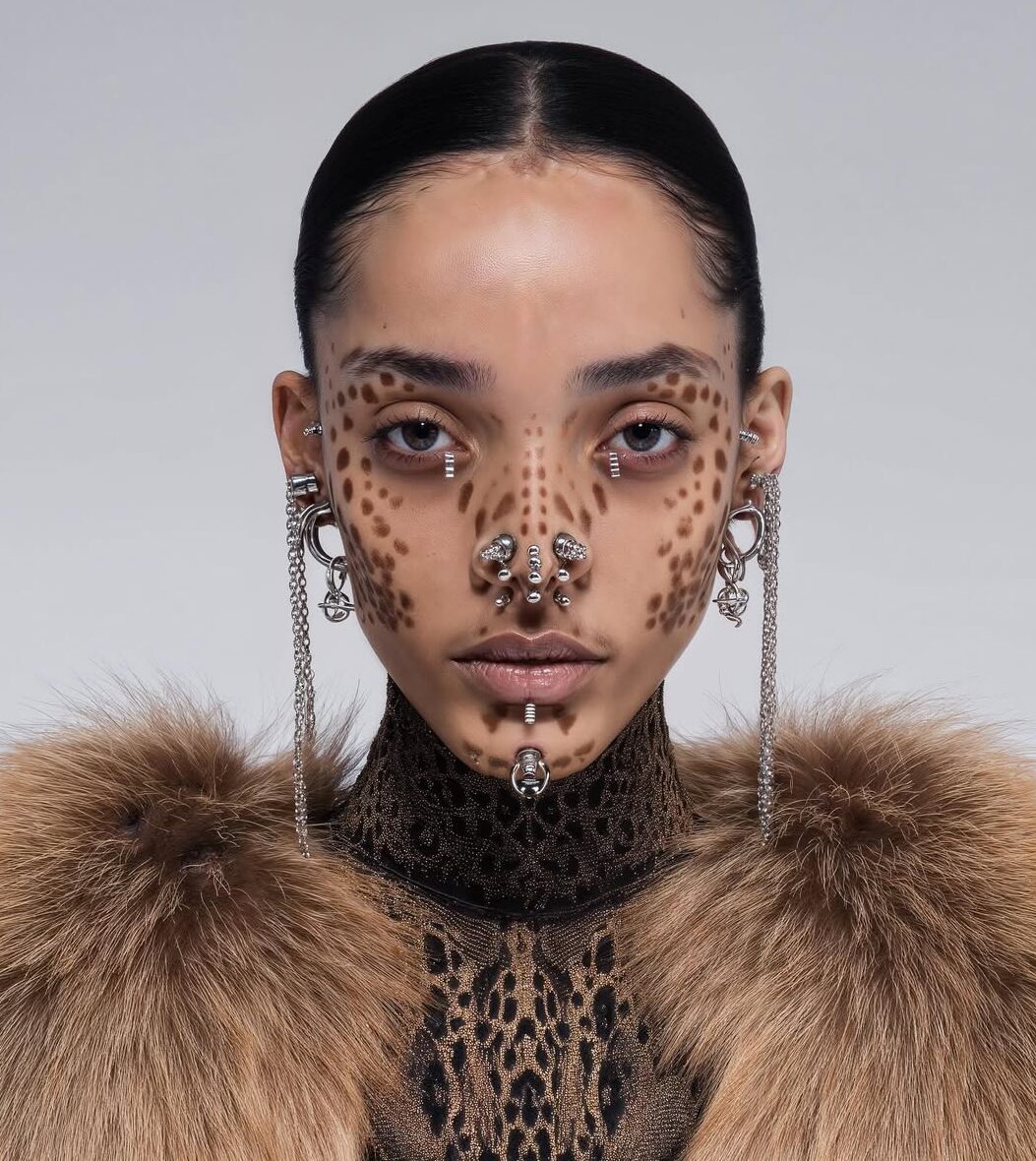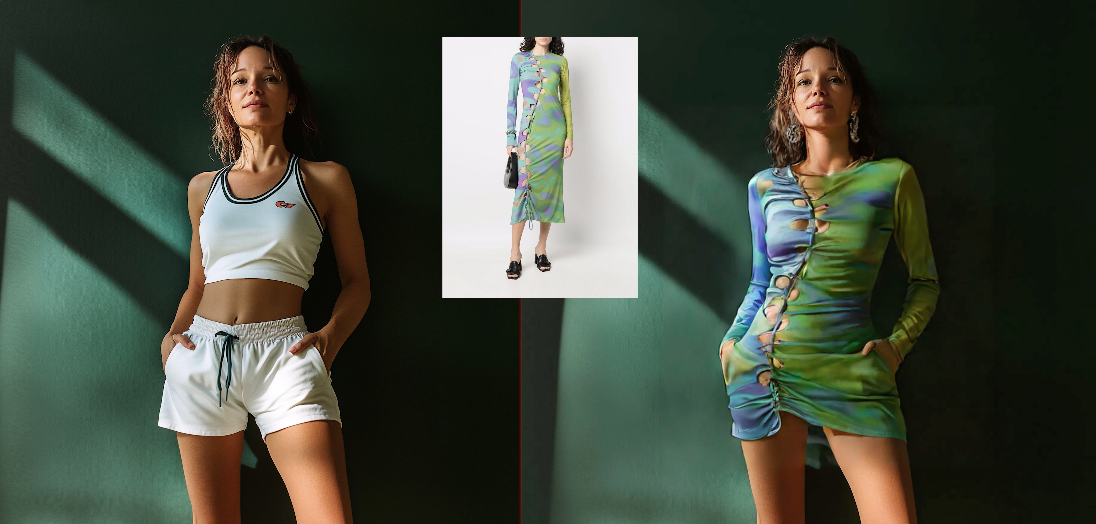Flux AI Image Generator
Social media has been exploding in recent weeks with an overload of pictures seemingly on stage at conferences or other events. They originally surfaced on Reddit AI threads and they are impressive not due to the people in the pictures but the fact that they are not real. The absence of the smudges that often follow AI-produced content is what makes these images extra interesting and the lettering on the speaker’s name badges is one of the few clues that these aren’t actual photos. With each month that goes by, it seems like the bar for lifelike imagery in the field of generative AI just continues to improve.
These pictures were created using FLUX.1, a recently released AI model created by German startup Black Forest Labs. FLUX.1, was launched on August 1, 2023, entering a market already populated by well-known models like DALL-E and Midjourney. The images in the mentioned example were improved much more by applying the Low-Rank Adaptation (LoRA) method*. FLUX comes in three versions: Schnell (German for “fast”), Dev, and Pro. The Schnell and Dev versions are open-source and designed for non-commercial use, while the Pro version is tailored for commercial applications. This tiered approach allows both hobbyists and professionals to access the technology at different levels.
In areas where some other AI models have failed, Flux can generate precise details like fingers and toes. Additionally, it seems that FLUX generates text more efficiently than Midjourney. The most significant difference, though, is that FLUX AI differs from closed-source models like DALL-E and Midjourney since its Dev and Schnell versions are open-source which closely aligns with Stable Diffusion’s overall approach.
Left image generated using FLUX, right image generated using midjourney using the same prompt.
How can I use it?
FLUX AI is available for all on multiple platforms e.g. on Hugging Face, a popular source for machine learning models as well as platforms like Replicate. For advanced users it’s available to run the model locally in Comfy UI. Whether you are a developer or a creator there’s lots of ways to experiment with FLUX without powerful hardware or advanced technical knowledge.
* What are LoRAs?
With relatively little computation and data, LoRAs (Low-Rank Adaptations) are a technique used in generative AI imagery to customize big language models or image generation models for particular applications or styles.
LoRAs let users produce specific images, characters, or objects by training on a small dataset of images. This gives you a modified model that you may use to make images that fulfill a specific function and correspond to a specific style, combined with a larger base model.
